28th Sep 2023
As fans know, Mark Aubert is a Chardonnay specialist and among the best producers of this variety worldwide. Since the beginning, Mark has been upfront and unwavering about his expression of Sonoma and Napa Chardonnay, delivering full-bodied, concentrated, textural wines that tip the 15% alcohol scale. Yet, the balance and freshness of these wines are such that many would guess the alcohol to be a degree lower.
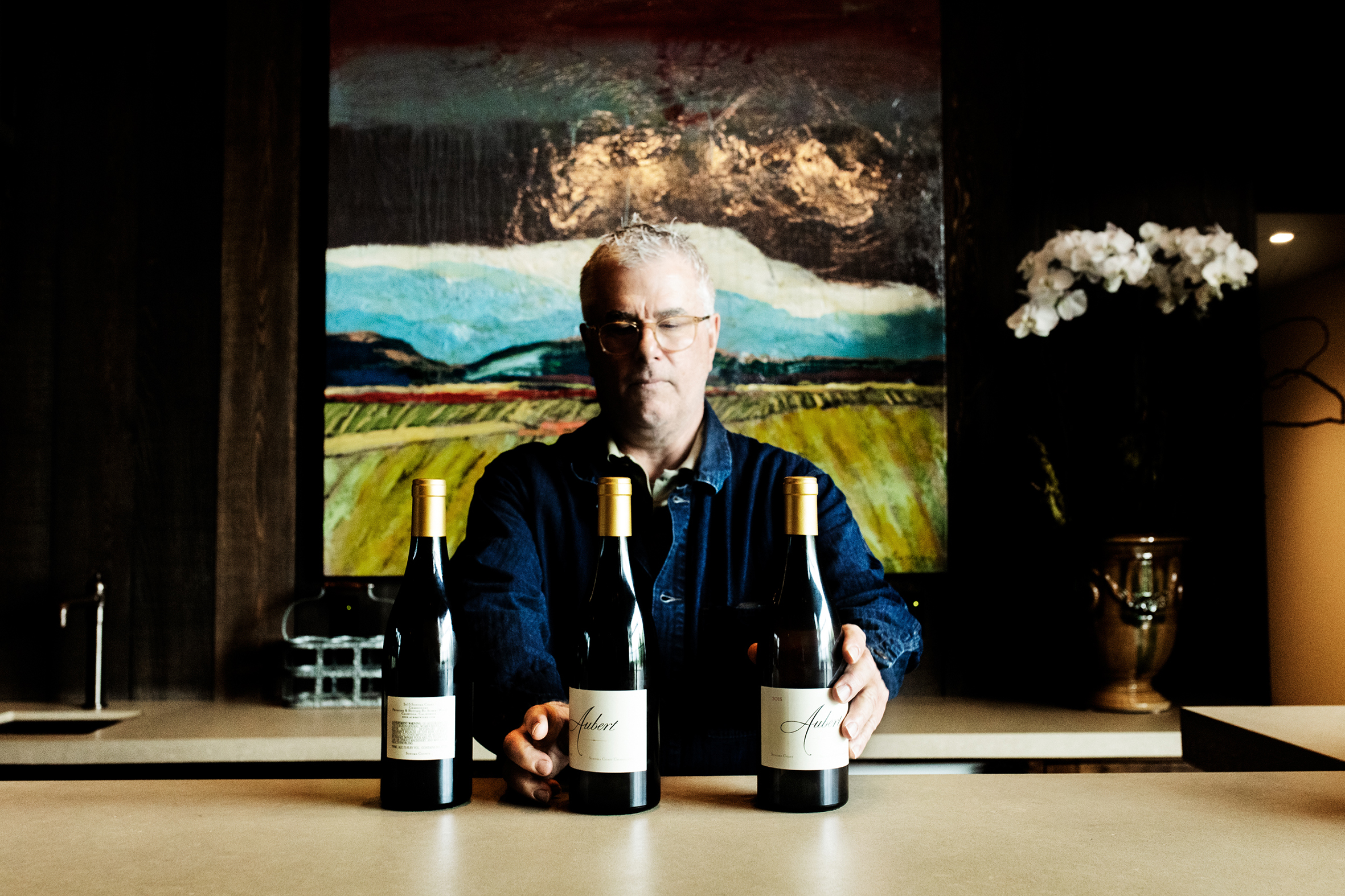
Location, Location, Location
“The Aubert style has not changed since 2000,” says Mark. “The Chardonnay grapes are picked at midnight—the coolest time. Then, it’s a race against the clock. We want the juice in the barrel within four to five hours.”
He asserts that protective handling is essential: “If you’re not careful with the preparation, you lose the fruit.” The juice is never allowed to settle, and lees stirring is avoided. “We tend to have very slow, drawn-out fermentations. The wines can take six months to ferment.” Full malolactic is practiced. The Chardonnays are only in barrels for about ten months, and then they are racked to tank and spend the rest of their aging in stainless steel, bottled unfiltered in December each year, after around 15 months total in barrel and tank. Every wine is treated the same, so the differences tasted across the vineyard designates are the sites speaking, not the winemaking.
Aubert’s winery is in Calistoga, but only one of the vineyards he works with is in Napa Valley. Sugar Shack in Rutherford is Aubert’s “home” vineyard, planted to the Montrachet Clone—what Mark calls “the citrus circus” clone. Including Sugar Shack, Aubert owns five of the vineyards. The other four estate sites are in cooler areas of the Sonoma Coast: Lauren, CIX, Park Avenue, and Powder House. Fruit is also purchased from Larry Hyde & Sons Estate (Carneros), UV-SL Vineyard (Sonoma Coast), and Eastside (Russian River Valley), equating to eight different Chardonnay labels. He also makes three single vineyard Pinot Noirs, one from CIX Estate and two from Ulises Valdez vineyards: UV and UV-SL.
"The Aubert style has not changed since 2000."
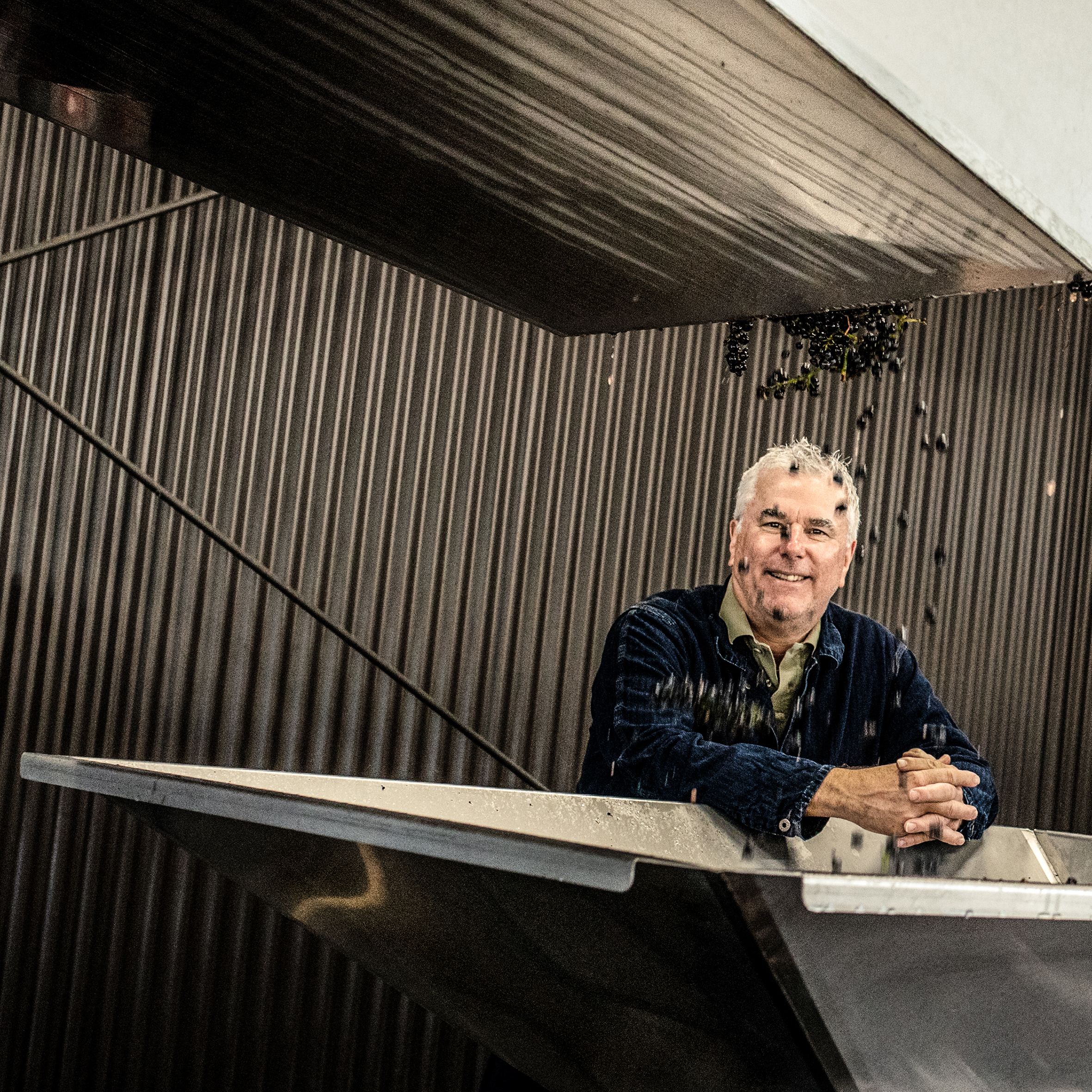
“2022 and 2021 were almost identical in terms of vintages for us,” Mark said as I sat to taste the bottled ’21s and barrel samples of the ’22s. “In both years, we were still in a drought. The conditions throughout the growing seasons were very dry. We started picking in August and finished in the middle of September. In 2022, the majority of our fruit was in when the heatwave hit on September 6th.”
2021 was a moderately warm, dry growing season that produced wonderfully intense, effortlessly balanced Sonoma Chardonnays and Pinots.
“There’s a tension and typicity to 2021 that I love and a sweet tone,” said Mark. “We’re really excited about this vintage. The wines are clearly tied to their sites. The 2021s had lower pHs than the 2020s and should age incredibly for 20 or more years.”
2022 was indeed similar to 2021 until it wasn’t. The big difference was the devastating heatwave in early September that year, starting around Labor Day. Temperatures over 100 degrees F held for six consecutive days, spiking at 120 degrees in parts of Napa Valley.
"There’s a tension and typicity to 2021 that I love."
“Yes, it hit the 100+ F temperatures during the day in Sonoma,” replied Mark. “But then cooled down quickly at night. We were careful with leaves covering fruit, and we came off unscathed. We were helped a little by it being a drought because everything rushed to ripeness. But everything was paced out since we started the harvest early. Thank God it was an early vintage! Our vineyards are such that we never want the fruit to be too exposed to the sun to risk sunburn. But the young vines were declassified in 2022. We put this fruit out for bulk. Overall, the alcohols are a little lower in 2022. The late spring rain got more nitrogen in the grapes, so the ferments were very smooth this year. Chardonnay is so adaptable; it can handle the heat. The drought intensified the flavors. And the locations of the vineyards are so important. These 2022s are incredibly fresh. They have all the underpinnings of everything we like. With this vintage, we’re already seeing wonderful clarity in the wines. All the Chardonnays were racked from barrel a week ago and are now in tanks until December. This method has not changed since I started in 2000. My life’s work is to make these Chardonnays that age. They really need five years in bottle to show their best.”
Mark’s Pinot Noirs spend less time in barrel than the Chardonnays. The 2022 Pinots were bottled in June 2023.
“Some people had problems with color for the Pinots in 2022, but not us. The musts had loads of nutrients, and the ferments just took off. It’s a wild ride to watch it go! We do open-top fermentations; we really splash the juice and wine around. We don’t use heavy toast barrels anymore. 2022 has great acidity. We’re very careful with the use of SO2. We want to keep the wines bright but don’t want premox (premature oxidation). Also, from this year, we’re using new, lighter-weight glass for the Pinots. The old DRC-type bottle was just too heavy. We are now using this Champagne green color, which needs to be ordered in advance, but it looks nice.”
I’ve found the quality of Mark’s Pinots to be on an upward trajectory in recent years. Truthfully, I was surprised at how good the 2022 Aubert Pinot Noirs are, given the heat challenges of this vintage.
At the end of the tasting, Mark told me the exciting news that he has purchased two new estate properties, which are currently being developed. One is a Pinot Noir vineyard Sebastopol, all planted to Calera clone. Another is in Occidental, two ridges over from the UV-SL vineyard.
“Location, location, location is key for me,” Mark stressed.
"I don’t want to make 1er Cru. I don’t want to make AVA. I only want to make Grand Cru. Eventually, we’ll have more estates than growers, but we love our growers."
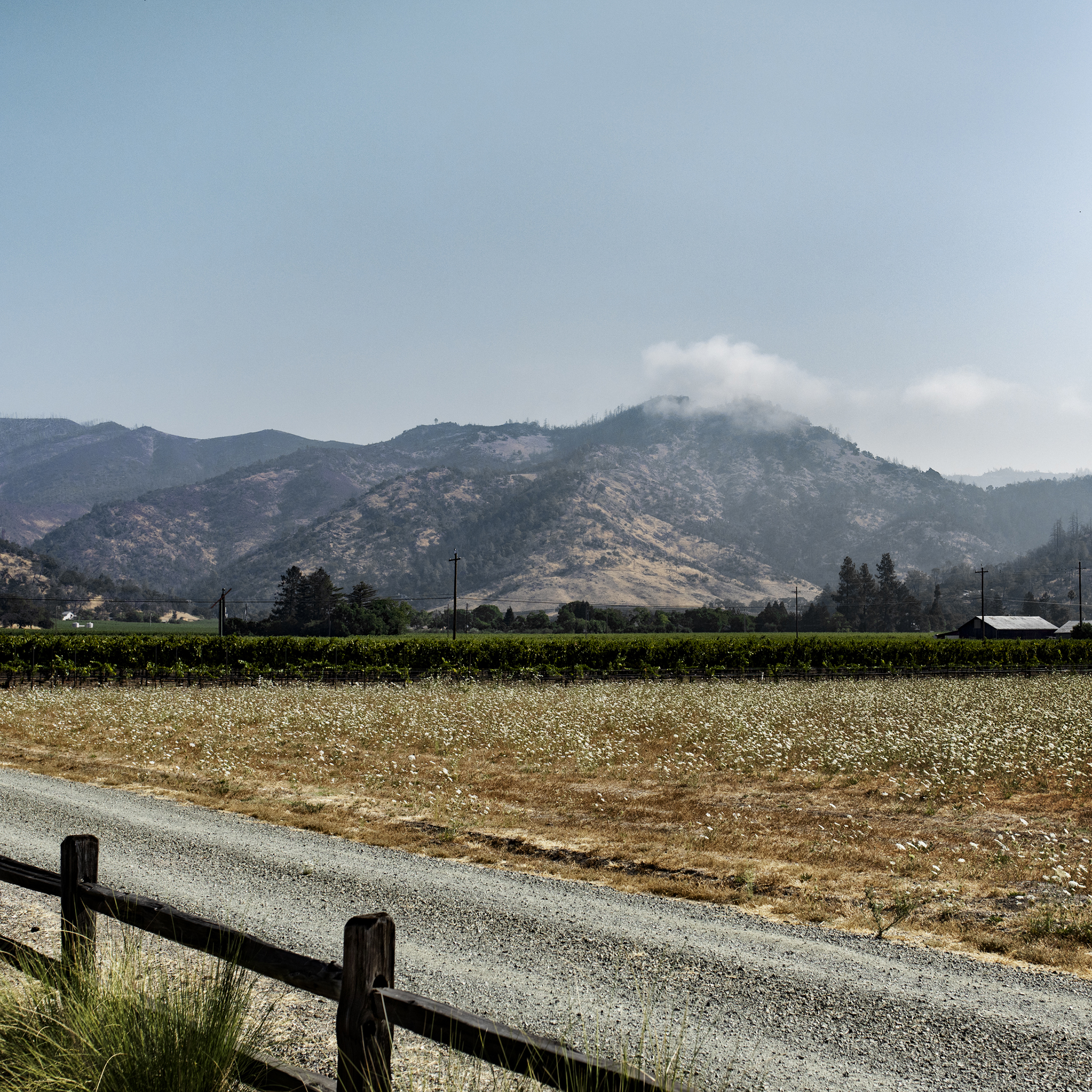
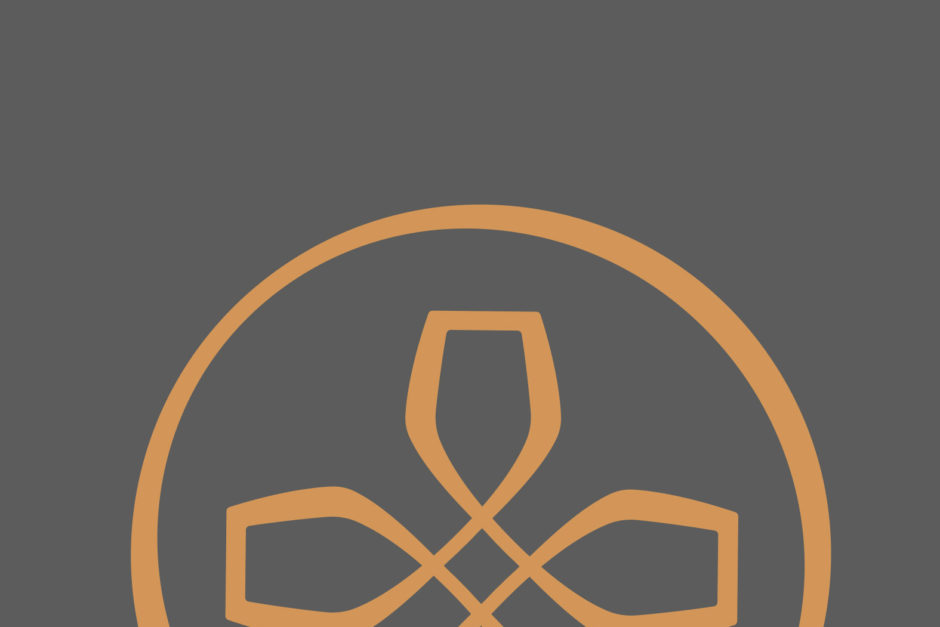
PRODUCERS IN THIS ARTICLE
> Show all wines sorted by scoreMore articles
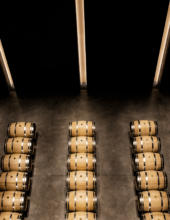
Bordeaux 2023 Vintage Report and Reviews from Barrel
09th May 2024
649 tasting notes
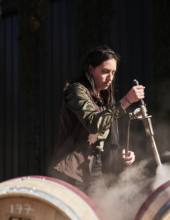
Cathiard Vineyard New Releases
02nd May 2024
3 tasting notes
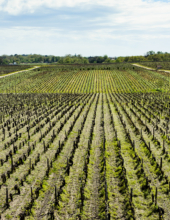
Bordeaux 2023 Preliminary Vintage Report and Reviews from Barrel
29th Apr 2024
56 tasting notes
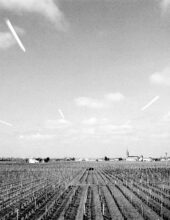
2021 Bordeaux in Bottle and A Modest Proposal
24th Apr 2024
599 tasting notes
Show all articles